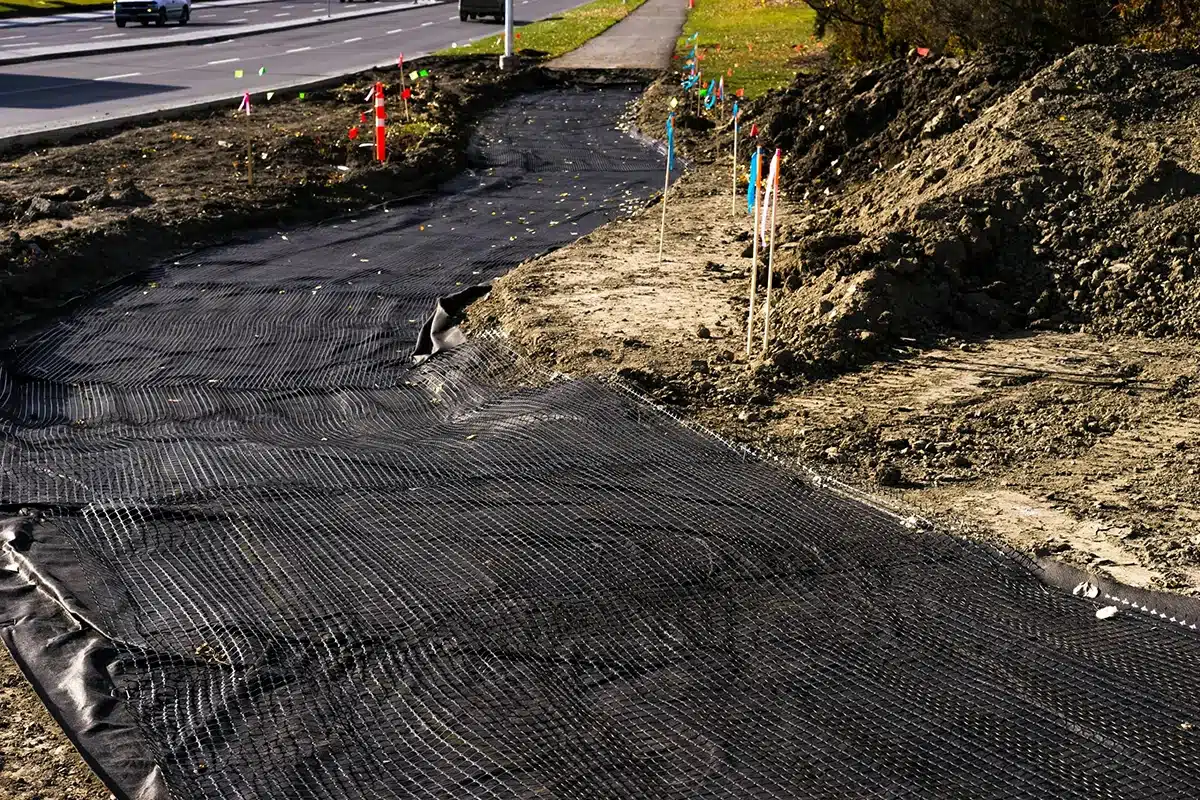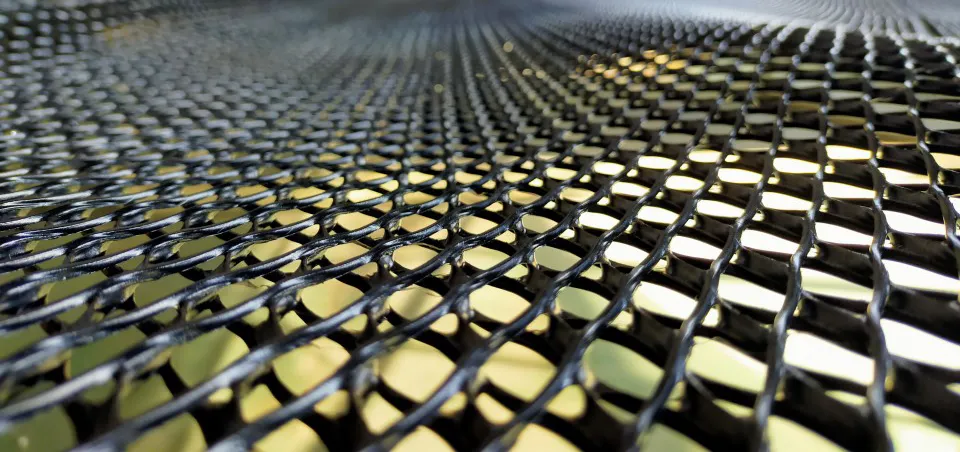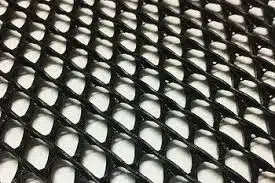The Comprehensive Guide to GeoNets: Applications, Benefits, & More
In the evolving landscape of civil engineering and environmental management, GeoNets has emerged as a cornerstone technology, revolutionizing the way we approach sustainable construction and erosion control. This popular science article delves into the intricacies of GeoNets, exploring their definition, applications, composition, and how they differ from similar solutions like GeoGrids. Through an engaging Q&A format, we aim to unravel the complexities of GeoNets, making this cutting-edge technology accessible to all.

What is a GeoNet?
A GeoNet is a type of geosynthetic material, characterized by its net-like structure, designed to provide support, stabilization, and reinforcement in various engineering and environmental settings. Specifically, a GeoNet is a geosynthetic material similar in structure to a GeoGrid, consisting of integrally connected parallel sets of ribs overlying similar sets at various angles for in-plane drainage of liquids or gases. This unique configuration is typically used in applications where drainage, erosion control, and soil reinforcement are critical. The open, interconnected structure of a GeoNet not only allows for the efficient flow of liquids and gases but also makes it an essential component in the construction of landfills, roads, and embankments, offering unparalleled support in the management of geotechnical challenges.
What are the uses of GeoNets?
GeoNets, three-dimensional grids made of plastic materials, serve a multifaceted role in modern engineering and environmental management, primarily to provide drainage and reinforcement in various construction projects. These applications are critical in ensuring the structural integrity and operational efficiency of infrastructure.
- Drainage: In their capacity for drainage, GeoNets are commonly used in drainage systems, landfill liners, and caps, providing a pathway for leachate and gases to escape. This functionality prevents the buildup of pressure and enhances the landfill’s operational longevity, demonstrating its versatility across different types of infrastructure projects.
- Erosion Control: GeoNets also play a pivotal role in erosion control by stabilizing soil on slopes. This is particularly important in protecting landscapes and infrastructure from soil erosion caused by water runoff, showcasing their utility in maintaining environmental and structural integrity.
- Reinforcement: In the realm of reinforcement, GeoNets are integral to road construction, where they reinforce the soil. This improves the stability and load-bearing capacity of the roadbed, illustrating their importance in ensuring the durability and safety of transportation networks.
- Environmental Protection: Furthermore, GeoNets are crucial in environmental protection efforts. They are employed in retaining walls, among other areas, to filter runoff water, thus protecting water bodies from sedimentation and pollutants. This highlights their significant role in preserving natural resources and promoting sustainable development.
Through these applications, GeoNets demonstrate their essential function in drainage systems, retaining walls, landfill liners, and other infrastructure projects, underscoring their value in modern engineering and environmental management.

What is a GeoNet made of?
GeoNets are primarily made from virgin high-density polyethylene (HDPE) or polypropylene, materials selected for their exceptional durability, chemical resistance, and capacity to endure environmental stressors such as UV radiation and extreme temperatures. The term “virgin” indicates that the HDPE used is in its purest form, not recycled, which contributes to the strength and longevity of the GeoNet. The net-like structure of GeoNets is crafted through a process of extrusion, which meticulously shapes the polymer into a continuous, interconnected mesh. This intricate construction ensures the GeoNet’s durability and reliability across a wide range of environmental conditions, making it an indispensable material in geosynthetic applications.
While both GeoGrids and GeoNets are utilized for similar objectives, such as soil reinforcement and erosion control, the primary distinction between them lies in their structural designs and material properties. GeoGrids are plastics formed in a wide open, regular netlike structure, purpose-developed for the reinforcement of soil, offering high tensile strength that is ideal for reinforcing paved and unpaved roads, retaining walls, and slopes. This grid-like structure is specifically designed to distribute loads over a larger area, enhancing the stability and durability of the construction.
GeoNets, in contrast, are produced by a continuous extrusion of intersecting ribs that form a network structure, suitable for liquid drainage and filtration applications. Their more open, net-like structure allows for the efficient flow of liquids and gases, which makes them particularly effective in applications requiring drainage, such as landfill liners, caps, and sub-surface drainage systems.
Therefore, the choice between GeoGrids and GeoNets fundamentally depends on the specific requirements of a project. For instances where reinforcement and load distribution are paramount, GeoGrids are the preferred choice. Conversely, for projects that necessitate effective drainage and filtration, GeoNets offer the necessary functionality, highlighting the importance of understanding the unique properties and applications of each geosynthetic material.
GeoNets represent a pivotal innovation in geosynthetic engineering, offering versatile solutions for drainage, erosion control, and soil reinforcement. Made from durable materials like HDPE and polypropylene, GeoNets are designed to withstand harsh environmental conditions, providing a sustainable option for modern construction and environmental protection. Understanding the differences between GeoNets and similar products like GeoGrids is crucial for selecting the right material for each specific application. As we continue to embrace these advanced technologies, the potential for sustainable development and environmental preservation becomes increasingly attainable.



Comments
Post a Comment